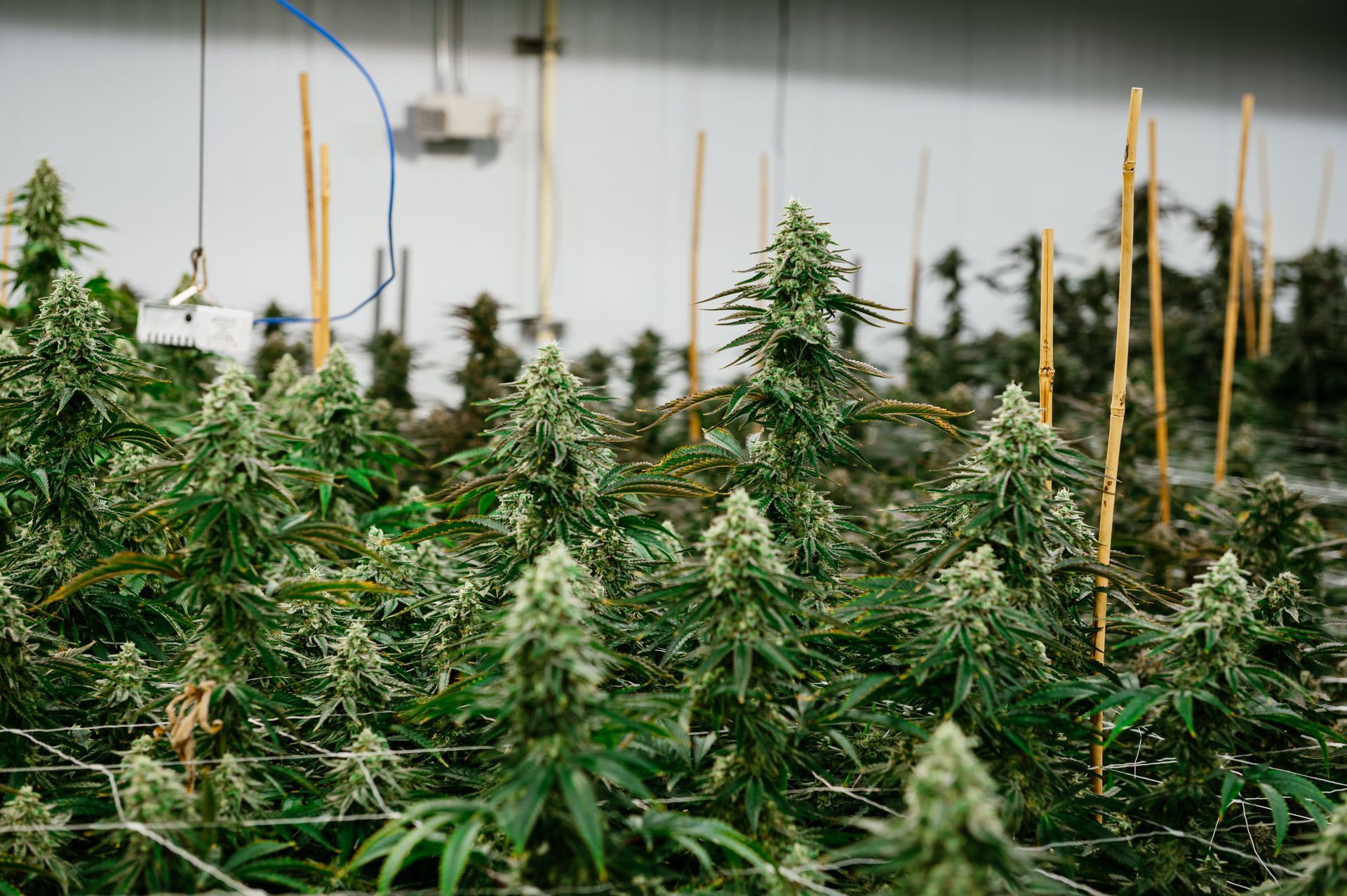Here's a detailed blog post about obtaining a California Cannabis license for indoor cultivation, complete with illustrative images:
Cultivating Success: A Guide to Obtaining Your California Indoor Cannabis License
California, the Golden State, has long been at the forefront of cannabis culture. With the passing of Proposition 64, the path to legal cannabis cultivation became a reality. But for those looking to establish an indoor cultivation business, the journey to licensure can seem like navigating a dense regulatory forest. Fear not, aspiring cultivators! This guide will walk you through each step of the process, from initial planning to final approval, illustrating the key players and paperwork involved.
Step 1: Laying the Groundwork – Research and Business Planning
Before you even think about submitting an application, thorough research and meticulous planning are paramount.
Understanding the Landscape: California's cannabis regulations are complex and multi-layered. You'll need to understand both state-level requirements, primarily from the Department of Cannabis Control (DCC), and local municipal ordinances. Many cities and counties have their own unique permitting processes and restrictions on cannabis businesses.
Business Plan Development: A solid business plan is your roadmap to success. It should cover:
- Location: Where will your indoor cultivation facility be? Proximity to sensitive areas (schools, parks) is a major factor.
- Cultivation Practices: What methods will you use? What strains will you grow?
- Security Plan: How will you secure your facility and products?
- Environmental Impact: How will you manage waste, water, and energy?
- Financial Projections: How will you fund your operation and what are your revenue expectations?
Legal Counsel: Given the intricate legal framework, engaging with an attorney specializing in cannabis law is highly recommended from the outset. They can help you navigate zoning laws, local ordinances, and ensure your business structure complies with all regulations.
Step 2: Local Authorization - The First Hurdle
Before the state will even look at your application, you must obtain local authorization. This is often the most challenging and time-consuming part of the process.
Engaging with Local Government: You'll need to work closely with your city or county planning department. This might involve:
Zoning Clearances: Ensuring your proposed location is zoned for commercial cannabis cultivation.
Public Hearings: Presenting your plans to the local planning commission or city council.
Conditional Use Permits (CUPs): Many municipalities require a CUP for cannabis businesses.
Community Engagement: Building relationships within the community and addressing any concerns about your operation can significantly smooth this process. Local council members often play a crucial role in shaping local cannabis policies and approving permits.
Step 3: State Licensing With The Department of Cannabis Control (DCC)
Once you have local approval, you can turn your attention to the state-level application through the DCC. The DCC consolidates the functions of the former Bureau of Cannabis Control, CalCannabis Cultivation Licensing (under the California Department of Food and Agriculture), and the Manufactured Cannabis Safety Branch (under the California Department of Public Health).
Application Portal: All applications are submitted online through the DCC's licensing portal. You'll need to create an account and begin the detailed application process.
Required Information & Documents: Be prepared to provide a vast array of information, including:
- Business Information: Legal entity name, organizational structure, owners, and financial interests.
- Property Information: Details about your cultivation site, including proof of property right (lease or ownership).
- Cultivation Plan: A detailed description of your cultivation practices, including pest management, water usage, and waste disposal.
- Environmental Impact Information: How your operation complies with environmental regulations.
- Security Plan: Comprehensive details on how you will prevent diversion and ensure safety.
- Live Scan Fingerprinting: All owners and key personnel will need to undergo background checks.
- Local Authorization Documents: Proof of your city or county's approval.
This paperwork is extensive and requires careful attention to detail.
Step 4: Review and Inspection
Once your application is submitted, the DCC will begin its review process.
Application Review: DCC staff will meticulously review your submitted documents for completeness and compliance with all state regulations. This is where attention to detail in your initial submission pays off! Questions or requests for additional information are common. You might interact with various individuals from the DCC as your application moves through different stages.
On-Site Inspection: If your application passes the initial review, the DCC will schedule an on-site inspection of your proposed cultivation facility. Inspectors will verify that your physical premises match the plans submitted in your application and comply with all security, environmental, and operational regulations.
Step 5: Approval and Ongoing Compliance
If your application and inspection are successful, congratulations! You'll be issued your California Cannabis Cultivation License for indoor operations.
Annual Renewal: Remember, this is an annual license. You'll need to renew it each year, continuing to demonstrate compliance with all state and local regulations.
Track-and-Trace System: California utilizes a robust "seed-to-sale" track-and-trace system (Metrc) to monitor all cannabis products from cultivation to sale. You'll be responsible for accurately entering data into this system to ensure transparency and prevent diversion.
Staying Informed: Regulations can and do change. It's crucial to stay informed about updates from the DCC and your local jurisdiction to maintain continuous compliance.
The journey to obtaining a California indoor cannabis cultivation license is undoubtedly challenging, but with careful planning, expert advice, and diligent execution, it's a highly rewarding endeavor that allows you to contribute to California's thriving legal cannabis market. Good luck, and happy cultivating!




